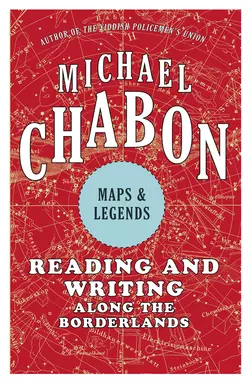Maps and Legends

Michael Chabon
Тип: электронная книга
Жанр: Сборники
Язык: на английском языке
Стоимость: 233.02 ₽
Статус: В продаже
Издательство: HarperCollins
Дата публикации: 16.04.2024
Отзывы: Пока нет Добавить отзыв
О книге: A collection of essays on books and why they matter by the Pulitzer Prize-winning writer of ‘The Amazing Adventures of Kavalier & Clay’ and ‘The Yiddish Policemen’s Union’.‘Maps and Legends’ is a love song in 16 parts – a series of linked essays in praise of reading and writing, with subjects running from ghost stories to comic books, Sherlock Holmes to Cormac McCarthy. Throughout, Chabon energetically argues for a return to the thrilling, chilling origins of storytelling, rejecting the false walls around ′serious′ literature in favour of a wide-ranging affection. His own fiction, meanwhile, is explored from the perspective of personal history: post-collegiate desperation sparks his debut, ‘The Mysteries of Pittsburgh’; procrastination and doubt reveal the way toward ‘Wonder Boys’; a love of comics and a basement golem combine to create the Pulitzer Prize-winning ‘The Amazing Adventures of Kavalier & Clay’; and an enigmatic Yiddish phrasebook unfurls into ‘The Yiddish Policemen′s Union’.